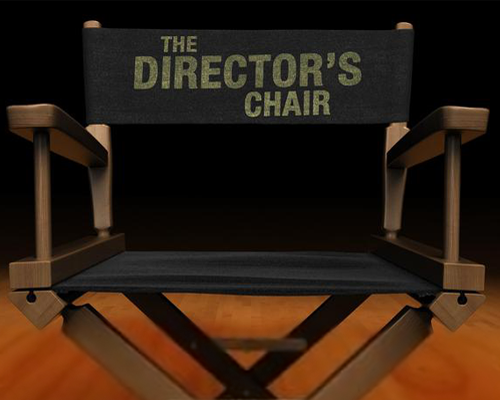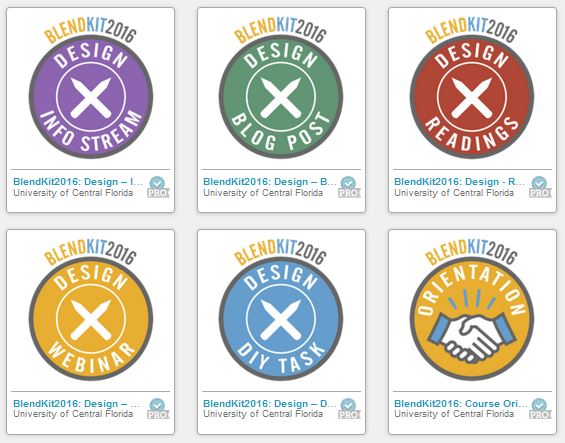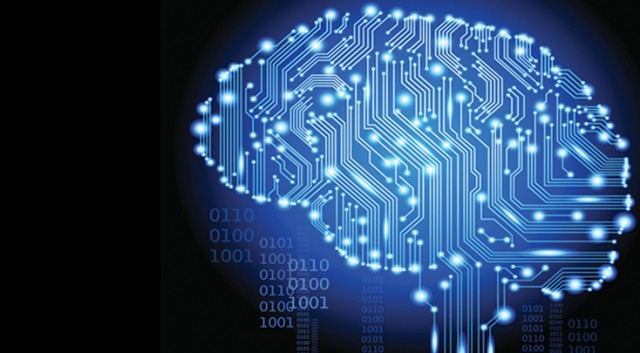With the second week of the Blendkit2016 course in the can, one or two very interesting side conversations developed. Add to this, a very interesting and disconnected discussions with the Focus Learning Trust surrounding Self-Directed Learning has left me reflecting to position of learner autonomy.
Education, as I am experiencing it, appears to be emphasising a fast food, mass production, factory model. A model that aims to yield the new baseline Grade 5, raising the quality of output to an acceptable level. Unfortunately, it can often inadvertently place restrictions or limitations on excellence, even for those grade 9s. Teacher’s understandable respond manufacturing learning that is proscriptive and efficient, some also suggest, stifling and restrictive.
The converse view is that of the a la carte menu. The teacher-craftsman. The goal is quality teaching. The pursuit of excellence. Discovering the “want to.”Self-direction? Possibly.
To illustrate the point, prior to the industrial age the axe, made by a master blacksmith, was durable, strong and held a sharp edge. The blacksmith’s work was painfully slow and labor-intense. When large manufacturers began mass-producing axes, they produced a high number of axes at a consistent level of quality, relatively quickly. The quality of the axe was mediocre when compared to that produced by the skilled craftsman. Almost undiscernible to the naked eye. Both axes have advantages and disadvantages.
The role of teacher and learner when schools adopts SDL?
Of course there will be a concerted effort to change the teaching dynamic when adopting a new ethos. Interesting, what I need to explore is how SDL is constructed within (and beyond) a school setting. Blendkit2016 has referred to a style of instruction known as studio-based learning. A step towards greater autonomy and self-directions, though perhaps a stepping stone from blended learning towards SDL?
In blended learning teachers prepare content, mixing directed instruction with increased interaction among teacher and students and student-based learning is more student-centred, more active interaction between students / teachers.
The online element of blended learning, although synchronous, presents opportunities for asynchronous learning. Studio-based learning has a greater emphasis on asynchronous learning, collaboration and negotiated teacher / student roles.
The instructional strategy is relatively consistent, however in studio-based learning promotes greater opportunities for problem solving, enterprise and enquiry.
The evaluation for blended learning is much the same as for all teaching, formal testing, though there is an opportunity to recognise open-ended assessment. The studio assessment is perhaps more qualitative, as with performance and creative subjects, arguably more authentic. For example, in enterprise, the money generate or in Design Technology, the quality of the finished product.
The outcome? Now there is another interesting topic to explore.
[qr_code_display]


